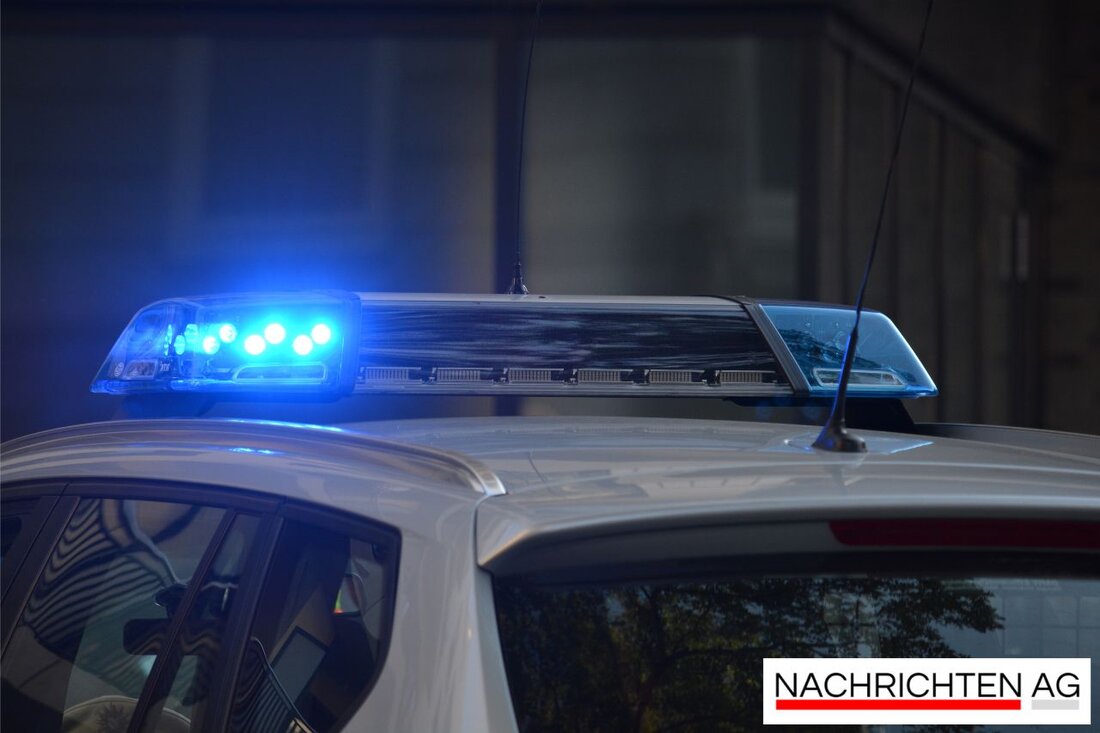A13: Speed camera warning today! It can be that expensive in Lübbenau!
Find out everything about the mobile speed camera on the A13 near Lübbenau Spreewald on October 27th, 2025 and important traffic safety rules.

A13: Speed camera warning today! It can be that expensive in Lübbenau!
Today, October 27, 2025, everything revolves around speed controls on German roads. A mobile radar box is currently monitoring the A13 in the Lübbenau Spreewald area, more precisely in Klein Beuchow. How news.de According to reports, the speed camera was set up there this morning at 10:03 a.m. and ensures strict monitoring of the maximum permissible speed of 60 km/h. Road safety is a top priority because speeding is a common cause of accidents and endangers not only drivers but also other road users.
The A13 stretches a total length of 151 kilometers from the Berliner Ring (A10) via the Spreewald triangle to Dresden. The aim of these checks, as stated by the police and authorities, is to educate drivers to drive in accordance with the rules. Regular inspections are intended to help increase road safety bussgeldkatalog.org clarified.
How speed cameras work
How is speed determined? Radar devices emit electromagnetic waves that are reflected by vehicles. This back radiation allows velocity to be calculated based on the Doppler effect. There are a variety of speed cameras, from the classic stationary box to modern mobile devices that are used at changing locations - a fact that has caused confusion and annoyance among drivers for years bussgeldkatalog.net explained.
The tolerance deductions for speed measurements are fixed: For speeds below 100 km/h the deduction is typically 3 km/h, while for higher speeds 3% is deducted. Such regulations are intended to ensure that drivers are not unduly penalized and that technical measurement errors are taken into account.
Objections against fines
It is important to know that appeals against fines are possible, especially if there is suspicion of measurement errors or inadequate photo quality. For example, disruptive factors such as lane changes, unfavorable angles or a lack of calibration of the devices can cause problems in traffic control. This illustrates the complex nature of speed measurements, which are not error-free despite modern technology.
The debate about speed monitoring will continue in the future, because safety should always come first. Motorists should be aware of current regulations and adhere to speed limits to protect not only themselves but others as well.

 Suche
Suche
 Mein Konto
Mein Konto